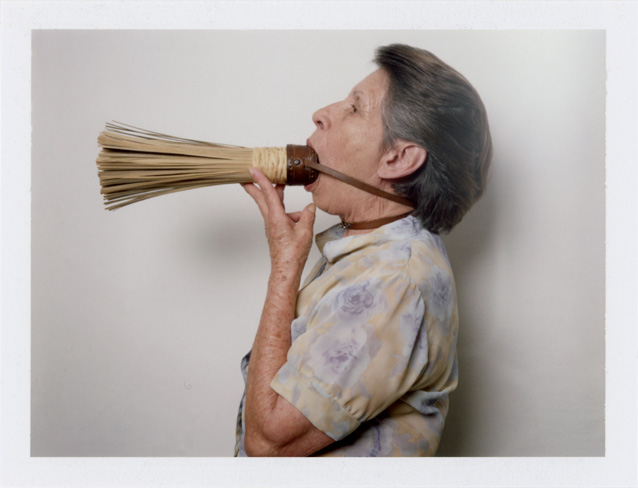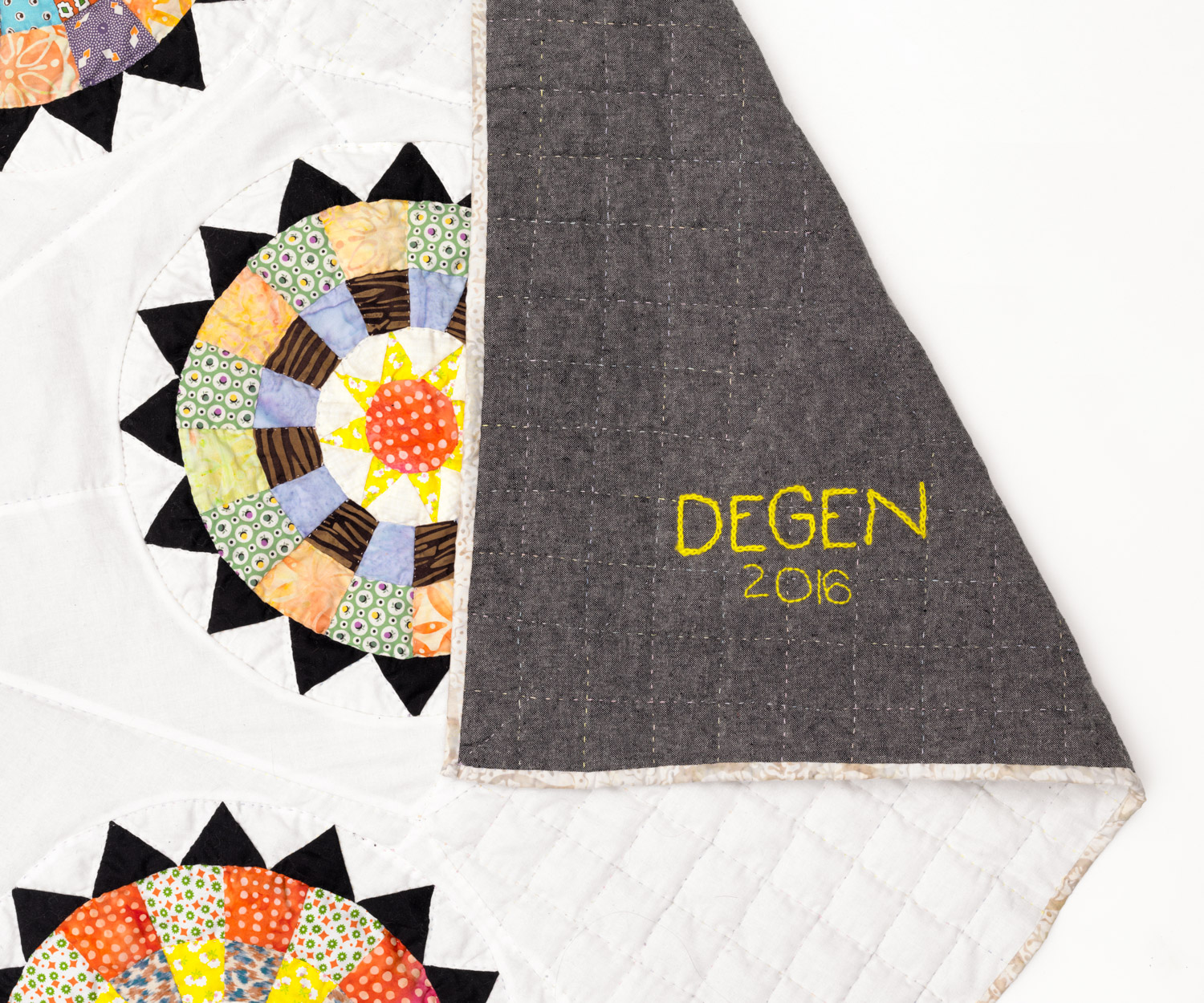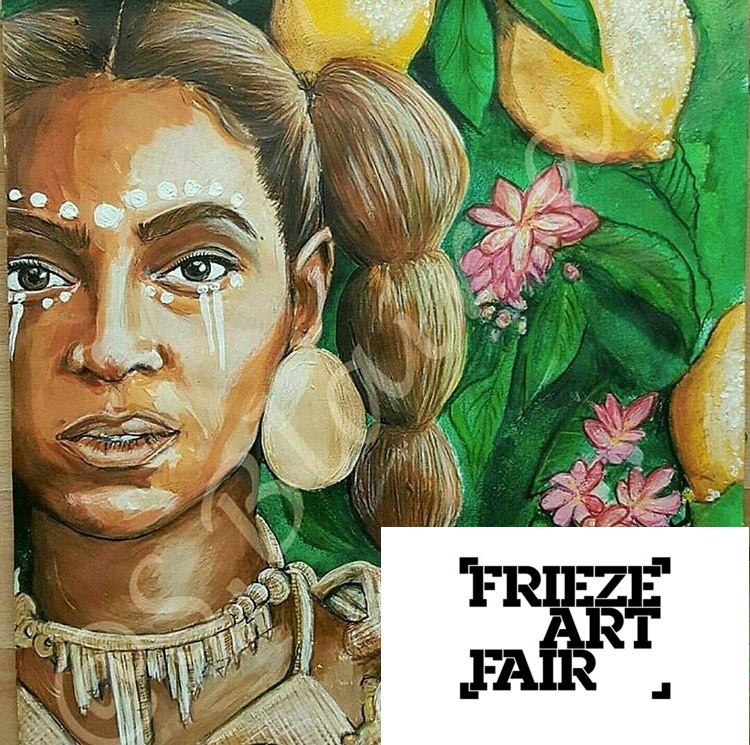Ahead of Berlin Art Week, running from 15-19 September 2021, Positions Art Fair took over Hangar 6 at Tempelhof Airport and closed on the 12th. With its unique setting, and eclectic mix of art styles represented, it was challenging to find a cohesive curatorial thread. However, what remained a commonality among the 10 artists chosen below is a sense of structural elements. It was a pleasure to experience the following works in a space that supported their artistic scale.
Daniel Kraus
Munich-based photographer, Daniel Kraus, adapts urban landscapes through reflection techniques to create new perspectives and structures. Altered in such a technical manner, with some of his work it appears as though one is looking at an architectural drawing. This is the case of Buoy which was prominently displayed at the fair.
Stella Meris
Incorporating architectural forms with body movement, Stella Meris’ large format pieces Interstellarrr II-IV are an expression of the Swiss artists rhythmic painting style. A stark contrast to the rigid lines and bold elements found in Tempelhof Airport, there’s a lightness found within Meris’ works – like staring at a still frame of a whimsical performance.
Christian Hellmich
Described as interpretations of the built world, painter Christian Hellmich’s universe are a familiar-like fantasy requiring a second glance. With no context beyond the viewers own imagination, there’s a vague idea of feeling connected to the spaces depicted. However, as shown with Saalbetrieb, it’s all just a fading façade.
Ute Essig
Taking on female stereotypes, German artist Ute Essig, integrates “traditional” activities like knitting into her sculptures, like Bright to Cloudy 2. In a way of throwing these ideologies back, she utilises bold neon colours and other stylistic signals to contrast seemingly delicate frameworks. Displayed prominently at the fair, this piece made a statement against an industry historically dominated by men.
Marc Dittrich
Woven from photographs, Marc Dittrich’s sculptures appear to be both deconstructions and re-imaginations of architectural structures. Much like how the urban environment becomes it own living organism, his works feature plant-like root structures. They reveal that, even among cold housing blocks, there’s something breathing beneath the surface.
Jürgen Durner
Like looking through glass at night, Jürgen Durner’s works display a surrealistic quality with his combination of neon lights against grey structural elements. Membran, comprised of oil on canvas, has a glossy aesthetic that makes it seem as if there’s a barrier between the viewer and the work. Feeling out of reach, Durner works give the impression of peering into a hidden otherworldly urban landscape.
Ghizlane Sahli
Although these pieces are more abstract than the other works featured on this list, there’s a connection with Ghizlane Sahli’s architectural background and approach. With Histoires des Tripes 079 & 077, she applies technical skill to create sculptures reflecting human organs. Emphasising sustainability and the environment, her pieces become an expression of the waste we create. Formed with bottle caps, they make a statement about our fragile existence.
Viviana Abelson
Utilising existing objects, Viviana Abelson creates playful sculptures from heavy objects. Incorporating dark industrial materials, like rubber, she visually represents the impact they’re having on our planet. By artistically using delicate processes like sewing, she breathes new life into these pieces – which would otherwise sit in a landfill and never decompose. Works like legend are a political statement of the world we’re creating by depending so heavily on oil.
Jeremy Holmes
Formed from soaked wood, Jeremy Holmes’ large sculptures play well against geometric rooms. At first glance, Untitled appears to be made of a material like vinyl or resin – but due to his unique craft, it’s created out of dyed white ash. With seemingly no real reasoning behind its movement, the piece is the result of precise technical calculations and planning.
Paweł Orłowski
Combining futurism and history, Paweł Orłowski’s striking sculptures incorporate oppressive elements of statues found in post communist countries. However, with their geometric style, and notions of movement, they point towards a different kind of ever watching presence – technology. Representing the quickly approaching post-human era, dominated by AI, it’s like they’re memorialising a pre-determined fate. There’s an intrigue with Orłowski’s work – like he knows something that the rest of us don’t.













